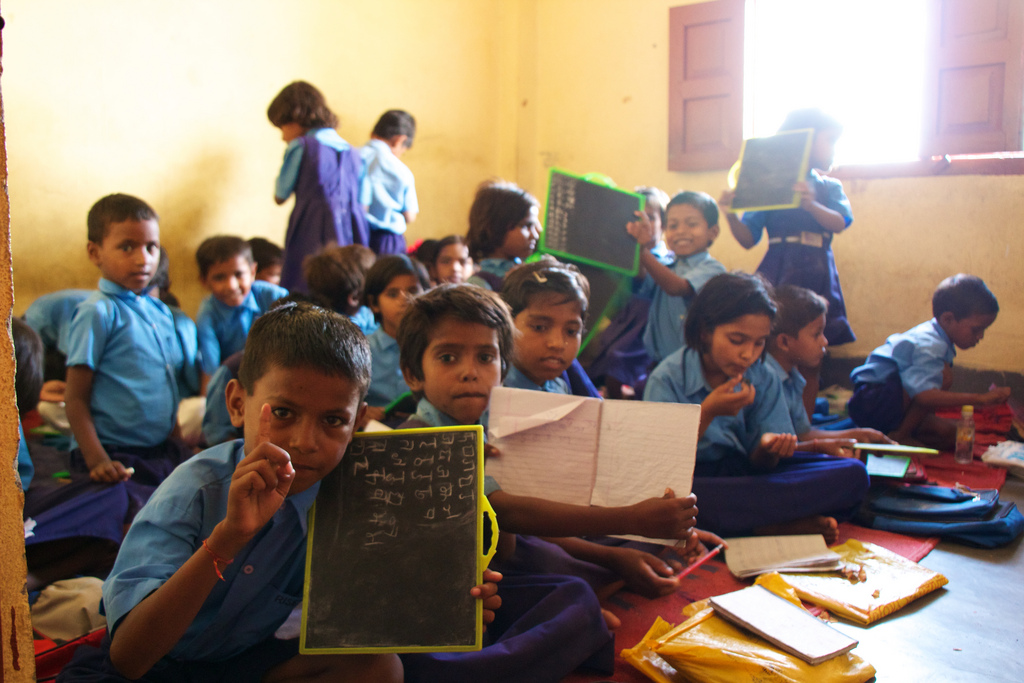Context:
The UNESCO Report 2025 highlights major progress toward gender parity in education since the 1995 Beijing Declaration, yet stresses that 133 million girls worldwide remain out of school.
Key Findings
- Over three decades, global female education has improved substantially, with women’s enrolment in higher education tripling from 41 million to 139 million, marking a historic shift toward equality.
- Despite women forming the majority of teachers, they occupy only 30% of educational leadership roles, revealing deep-rooted structural barriers.
Regional disparities persist:
- Central and Southern Asia have reached near parity, but Sub-Saharan Africa continues to face severe inequality.
- In Oceania, girls’ enrolment lags behind boys, while Latin America now sees more girls completing secondary schooling than boys.Socio-economic factors like poverty and rural isolation, particularly in countries such as Guinea and Mali, remain major obstacles.
Only two-thirds of countries mandate sexuality education at the primary level and three-quarters at the secondary level.
Key Recommendations by UNESCO:
- It urges governments to adopt gender-transformative curricula and promote women’s leadership in education.
- It calls for expanding access to comprehensive sexuality education and strengthening protections against school-related violence.
- Invest in data to monitor progress and ensure accountability.

